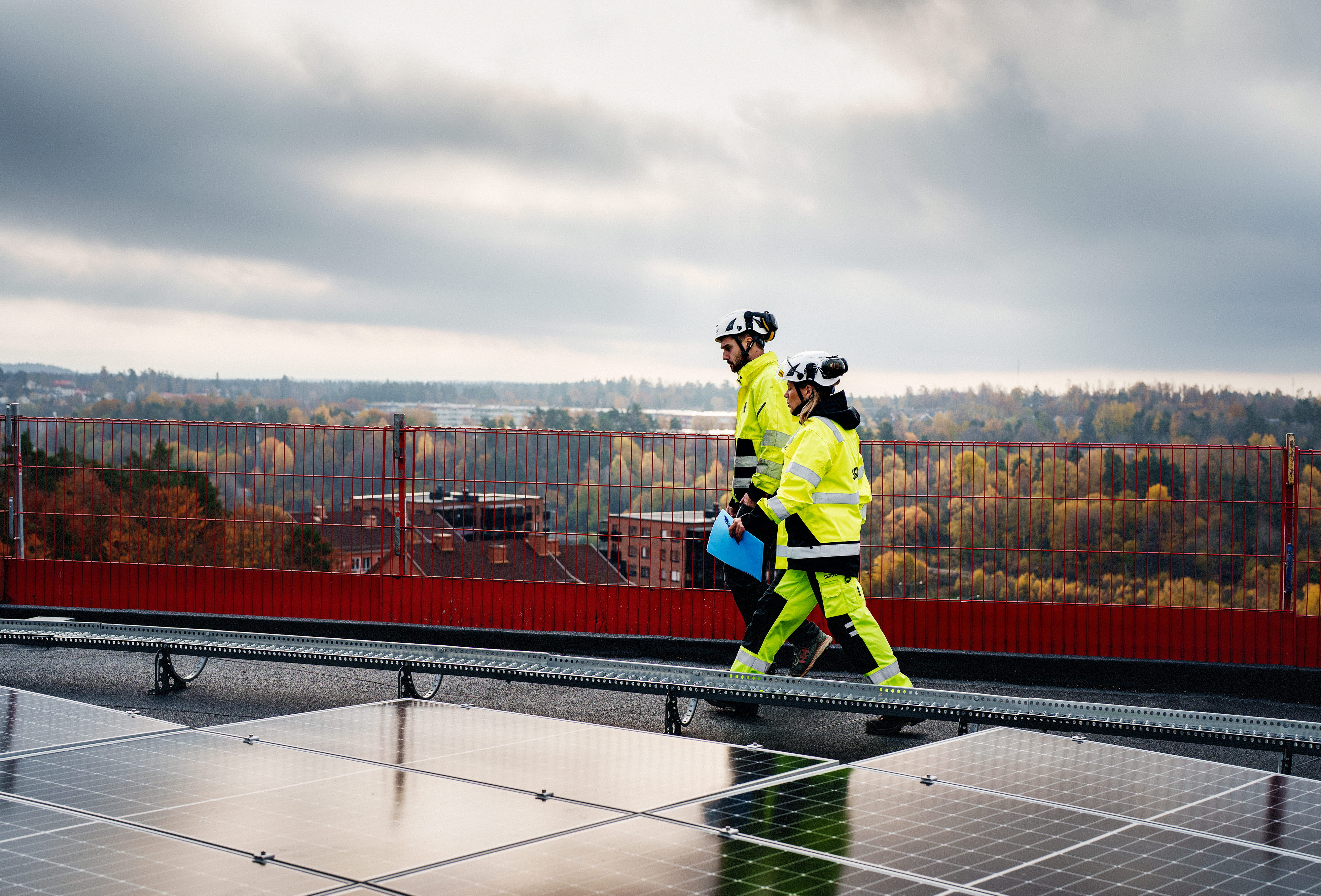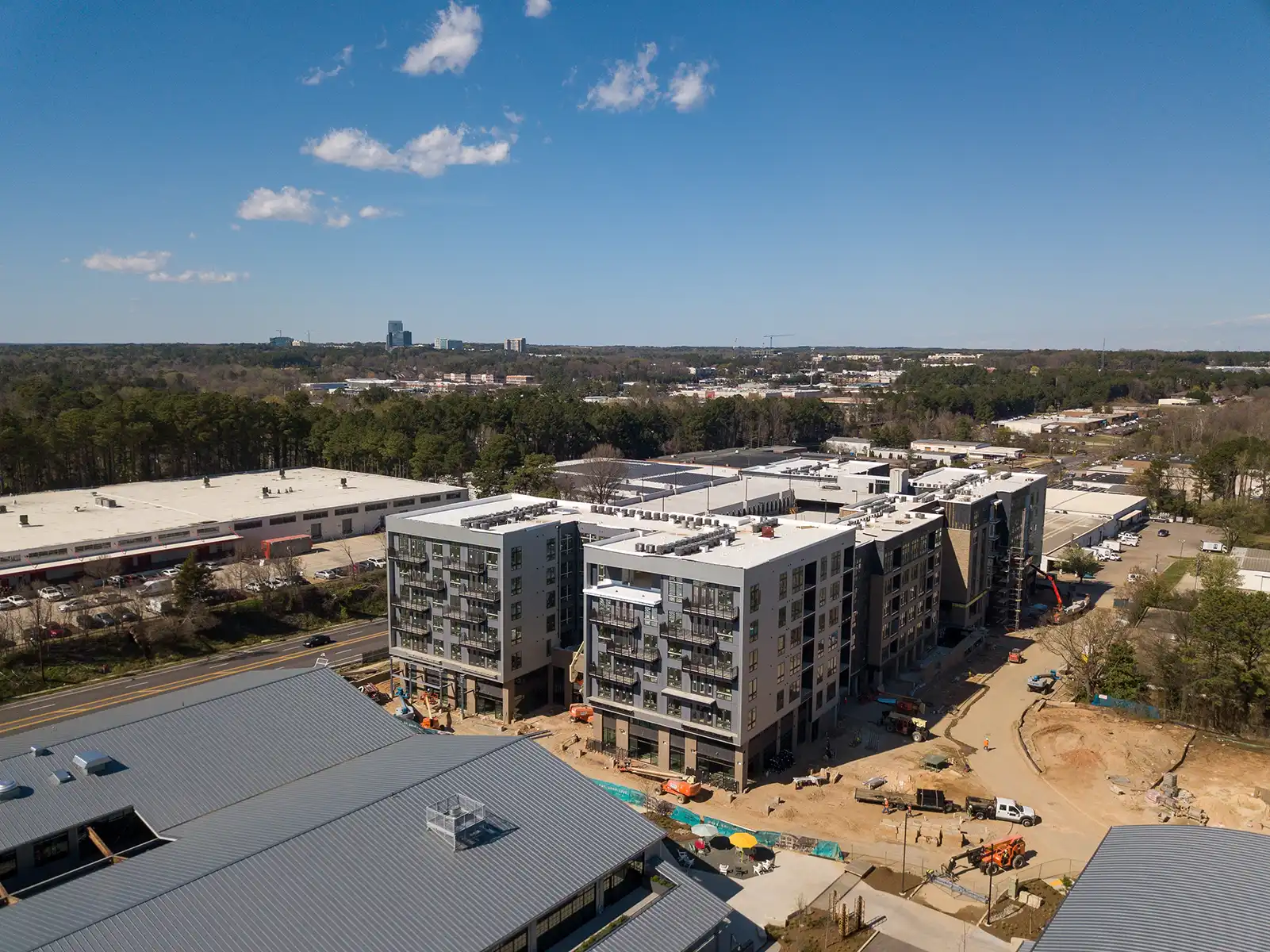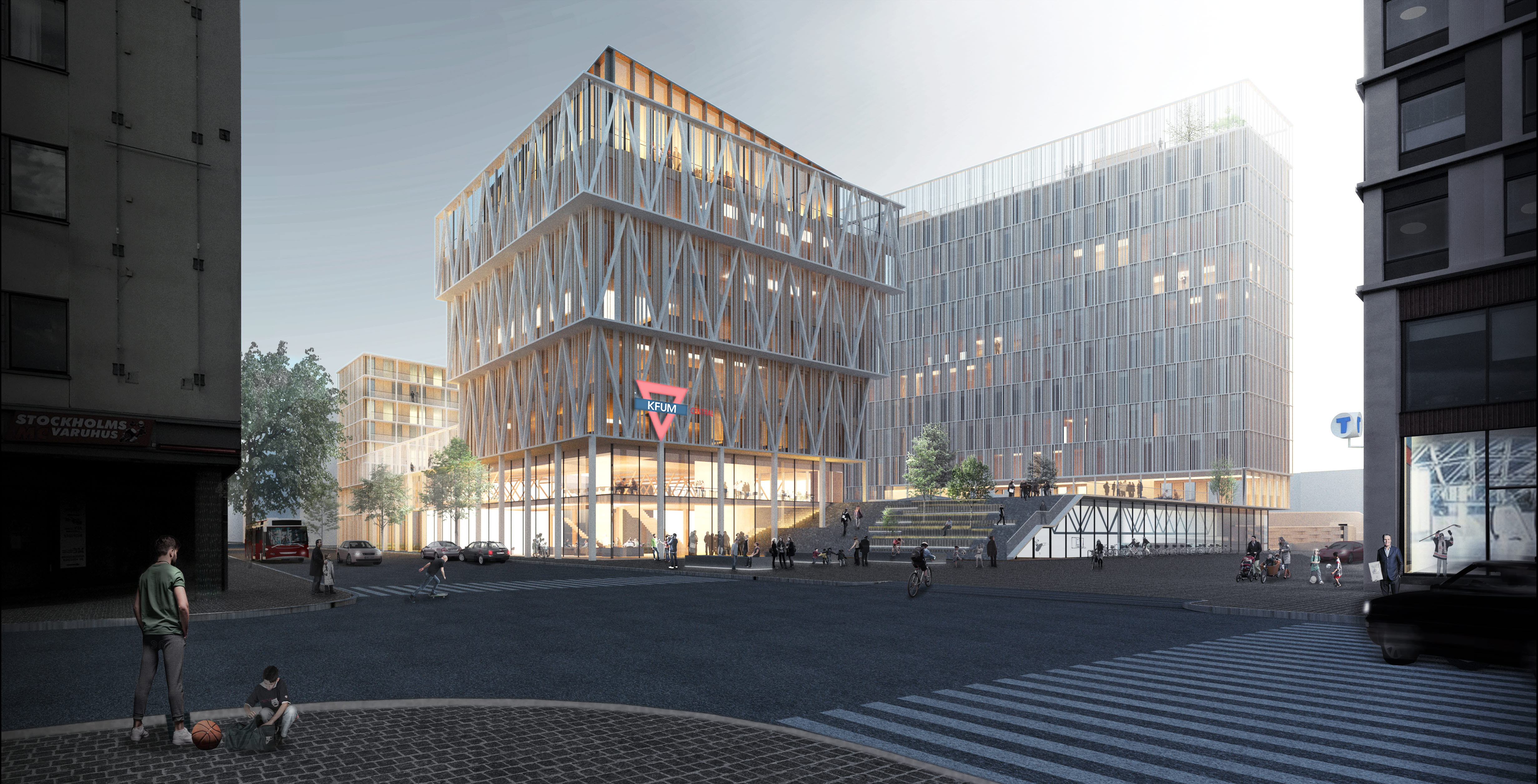Serneke: Reshaping Urban Landscapes With Sustainable Construction
Transforming skylines and reshaping urban landscapes, Serneke Group is leading the charge in sustainable construction. Their unwavering commitment to eco-friendly practices and cutting-edge technology is revolutionizing the built environment, fostering a future where sustainability and architectural excellence go hand in hand.

Serneke + Sustainable Innovation = true - Source www.serneke.se
Editor's Note: Published on [Date], our in-depth analysis and extensive research on Serneke: Reshaping Urban Landscapes With Sustainable Construction highlights its significance and provides valuable insights for architects, urban planners, and anyone interested in sustainable building practices.
Through meticulous planning and execution, Serneke has emerged as a pioneer in sustainable construction. Their unwavering dedication to minimizing environmental impact while delivering unparalleled architectural marvels has earned them recognition as a global leader in the field. This guide delves into the key elements of Serneke's approach, showcasing how they are transforming the industry and paving the way for a more sustainable future.
In the table below, we highlight the key differences between traditional construction methods and Serneke's sustainable approach:
| Traditional Construction | Serneke's Sustainable Construction |
|---|---|
| Linear process with limited collaboration | Integrated approach with early collaboration |
| Focus on short-term cost optimization | Emphasis on long-term value creation |
| Limited use of renewable materials | Wide use of recycled and renewable resources |
| High waste generation | Significant waste reduction through modularization |
| Limited consideration of environmental impact | Meticulous environmental assessments and mitigation plans |
These fundamental differences underscore Serneke's commitment to redefining the construction industry. Their holistic approach encompasses every aspect of the building process, from design to construction and operation. By integrating sustainability into every decision, they are creating buildings that not only meet the needs of today but also ensure a thriving future for generations to come.
FAQ
Learn more about Serneke's dedication to sustainable construction and their transformative impact on urban environments.

Innovate to Regenerate: Solutions Reshaping Urban Landscapes — Powerbx, LLC - Source powerbx.com
Question 1: What sets Serneke's approach to construction apart?
Serneke prioritizes sustainable practices by incorporating environmentally friendly materials, optimizing energy efficiency, and minimizing waste. Their holistic approach ensures reduced environmental impact while delivering functional and aesthetically pleasing structures.
Question 2: How does Serneke contribute to urban regeneration?
Serneke redevelops urban spaces with a focus on social and environmental sustainability. Their projects often include the creation of green spaces, mixed-use developments, and improvements to public infrastructure, enhancing urban livability and fostering community engagement.
Question 3: What advantages do sustainable buildings offer?
Sustainable buildings provide numerous benefits, including reduced energy consumption and operating costs, improved occupant health and well-being, and increased property value. Additionally, they contribute to environmental protection by minimizing pollution and preserving natural resources.
Question 4: How does Serneke balance sustainability with economic viability?
Serneke integrates sustainable practices into their projects without compromising cost-effectiveness. By optimizing material usage, employing innovative construction techniques, and partnering with sustainable suppliers, they deliver sustainable solutions that are both environmentally responsible and financially feasible.
Question 5: What role does innovation play in Serneke's operations?
Innovation is at the core of Serneke's approach. They continually explore new technologies and methodologies to enhance the sustainability and efficiency of their construction processes. This commitment to innovation drives improvements across all aspects of their operations, from design to construction and property management.
Question 6: How can I learn more about Serneke's sustainable construction practices?
Visit Serneke's website for detailed information on their sustainability initiatives, case studies of completed projects, and upcoming events. You can also connect with Serneke on social media for regular updates on their sustainable construction journey.
Serneke's unwavering commitment to sustainable construction has earned them a reputation as a leader in the industry. Through innovative practices and a deep understanding of sustainability, they continue to transform urban landscapes, creating livable and sustainable environments for present and future generations.
To explore more about Serneke's contributions to urban development, please refer to the next section.
Tips
Embrace sustainable construction practices to reshape urban landscapes with environmentally conscious and resilient buildings. Check out these tips and learn from Serneke: Reshaping Urban Landscapes With Sustainable Construction:

Reshaping Urban Landscapes Through Upzoning | LightBox - Source www.lightboxre.com
Tip 1: Prioritize Energy Efficiency
Implement energy-efficient measures such as high-performance building envelopes, efficient lighting systems, and renewable energy sources to reduce energy consumption and minimize carbon emissions.
Tip 2: Utilize Sustainable Materials
Choose eco-friendly materials with low environmental impact, such as recycled content, sustainably sourced wood, and non-toxic finishes. These materials contribute to building health and reduce the overall environmental footprint.
Tip 3: Enhance Water Conservation
Implement water-saving technologies like low-flow fixtures, rainwater harvesting systems, and drought-tolerant landscaping. These measures conserve water resources and promote sustainable living practices.
Tip 4: Foster Indoor Environmental Quality
Ensure good indoor air quality through proper ventilation, natural lighting, and low-emitting materials. This creates a healthier and more comfortable environment for occupants.
Tip 5: Embrace Green Infrastructure
Incorporate green infrastructure such as green roofs, bioswales, and permeable pavements to manage stormwater runoff, improve air quality, and enhance biodiversity.
Summary
By implementing these sustainable construction principles, urban landscapes can be transformed into vibrant, environmentally responsible, and resilient communities.
Serneke: Reshaping Urban Landscapes With Sustainable Construction
The Swedish construction and development company Serneke has made significant strides in redefining urban landscapes through its unwavering commitment to sustainable construction practices. This article explores six key aspects that demonstrate the transformative role Serneke plays in shaping sustainable cities:

Unleashing Hydropower: A Sustainable Force Reshaping Energy Landscapes - Source seaeresearchcentre.com
The combined impact of these aspects has led to the creation of numerous exemplary sustainable projects. For instance, the Masthuggskajen district in Gothenburg showcases Serneke's commitment to eco-friendly materials and energy efficiency, while the Karlatornet skyscraper in Gothenburg sets new standards for sustainable high-rise construction. Serneke's unwavering dedication to sustainability has earned it recognition and awards, solidifying its position as a global leader in reshaping urban landscapes with a focus on sustainability.

Serneke secures land allocation for new city block in Hagastaden | Serneke - Source www.serneke.se
Serneke: Reshaping Urban Landscapes With Sustainable Construction
Serneke's commitment to sustainable construction is evident in its innovative projects that prioritize environmental protection and resource efficiency. The company has spearheaded groundbreaking initiatives, such as developing eco-friendly building materials and implementing renewable energy systems, which significantly reduce the ecological footprint of its constructions.

Reshaping Urban Landscapes: Study Reveals Residents' Priorities in - Source istp.ethz.ch
One notable example is Serneke's involvement in the construction of the Gothia Towers in Gothenburg, Sweden. This iconic complex features energy-efficient design, rainwater harvesting systems, and extensive use of sustainable materials. The project showcased Serneke's ability to create a modern and functional urban landmark while adhering to rigorous environmental standards.
Furthermore, Serneke's sustainable approach extends beyond its construction practices. The company actively promotes green urban planning, advocating for compact and walkable cities with ample green spaces and public transportation. This holistic approach recognizes the interconnectedness between sustainable buildings and the overall well-being of urban communities.
Conclusion
Serneke's dedication to sustainable construction serves as a model for the industry, demonstrating that environmental responsibility and urban development can go hand in hand. By prioritizing resource efficiency, renewable energy, and sustainable materials, Serneke creates urban landscapes that are not only aesthetically pleasing but also environmentally conscious.
Moreover, Serneke's advocacy for green urban planning underscores the importance of integrating sustainable principles into the very fabric of our cities. As urbanization continues to reshape the world, Serneke's commitment to sustainable construction offers hope for a future where urban environments are healthy, livable, and sustainable.